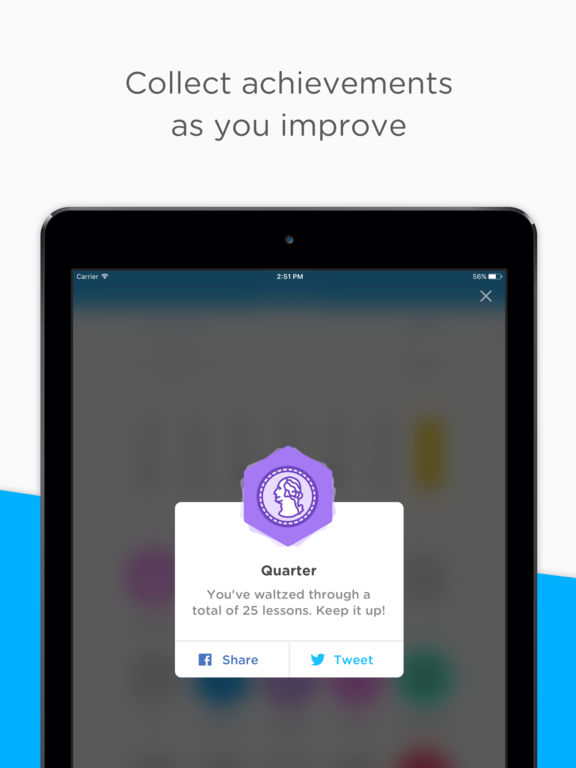

Open TaskListViewController.swift and add the following variable to TaskListViewController: As mentioned above, Swift’s Timer class, otherwise known as NSTimer, is a flexible way to schedule work to happen at some point in the future, either periodically or just once. Creating Your First Timerįor your first task, you’ll create the app’s main timer. Doing so crosses out a task name and labels the task as completed. FullStory doesnt let you change the identity of a user once they have been assigned a unique user ID using FS.identify. We’ve actually been using parts of Combine for many apps in this series, although it’s unlikely you noticed it.

This uses a system of publishers that comes from an Apple framework called Combine.
SWIFT IOS IDLE TIMER CODE
In addition to adding tasks, you can mark them as complete. iOS comes with a built-in Timer class that lets us run code on a regular basis. You’ll note that the seconds label does not increment at the moment. The new task you created is labeled zero seconds. Great!Īdded tasks will reflect a time signature. Enter a name for your task (e.g., “Buy Groceries”). iOS 14 closing some gap, but the point remains. At the current stage, SwiftUI is still missing many features, and I think even you start fresh with SwiftUI, you still need to come back to UIKit from time to time. Tap the + tab bar button to add a new task. First of all, you need to write a function named the same as your selector (by the way, I guess it's better to create a selector like this: Selector('timerDidFire:'), so your timer will look like timer NSTimer.scheduledTimerWithTimeInterval(0.5, target: self, selector: Selector('timerDidFire:'), userInfo: nil, repeats: true)). Yes, UIKit would still be an important part of the iOS world for quite some time. You’ll see a simple ToDo app:įirst, you’ll create a new task in your app. Open the starter project and check out the project files.

Ready to explore the magic world of timers in iOS? Time to dive in! Getting Startedĭownload the project materials using the Download Materials button at the top or bottom of this tutorial. Once the task is completed, the app congratulates the user with a simple animation. The ToDo app tracks the progression of time for a task until a task is completed. This tutorial walks you through building a ToDo app.
SWIFT IOS IDLE TIMER HOW TO
In this tutorial, you’ll learn exactly how Timer works in iOS, how it affects the UI responsiveness, how to improve device power usage working with Timer and how to use CADisplayLink for animations. For iOS, this framework is not available, so we must.
SWIFT IOS IDLE TIMER MAC OS X
This could be, for example, a one-time event or something that happens periodically. Lets add a framework to our project: For a Mac OS X application, we can choose amework. It is common to use Timer to schedule things in your app. If you plan to find a job or work on a client project in which you have no control over this OS version, you might want to wait a year or two before considering moving to SwiftUI. If you work on a new app that plans to target only the mentioned OS, I would say yes. It would be helpful to have a concept in Swift that offers this functionality, right? That’s exactly where Swift’s Timer class comes into the picture. It depends since SwiftUI runs on iOS 13, macOS 10.15, tvOS 13, and watchOS 6. Imagine that you’re working on an app where you need a certain action to be triggered in the future – maybe even repeatedly.


 0 kommentar(er)
0 kommentar(er)
